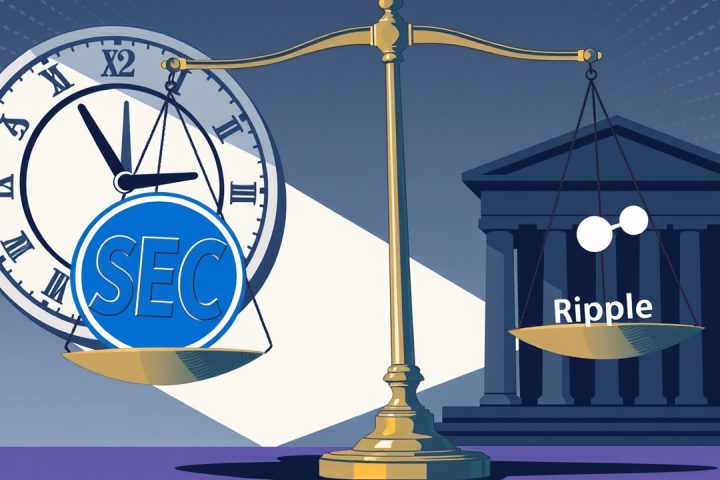Introduction
In a recent podcast interview, Fernando Haddad, the finance minister of Brazil, elaborated on the country’s forthcoming central bank digital currency (CBDC) known as Drex. He emphasized that the primary goal of this digital currency is to enhance transparency in financial transactions, rather than to establish government control over users’ payment systems.
Concerns and Clarifications
Haddad addressed concerns voiced by some citizens and lawmakers, such as Julia Zanatta, who expressed skepticism about Drex, fearing it might lead to the replacement of traditional cash and intrusive monitoring of financial activities.
Dismissing such apprehensions, Haddad clarified, “It has transparency, it doesn’t have control, that’s not what it’s for.”
His focus was on promoting a financial environment where transactions become more efficient and less encumbered by high costs associated with intermediaries.
Transaction Fees and Legislation
Haddad pointed out the challenges posed by Brazil’s existing transaction fees, which are often inflated by numerous middlemen. He stated,
“There’s always someone in the way; there’s always a toll.”
To tackle this issue, legislation has been introduced to foster competition among major technology companies that currently impose excessive charges on transactions.
Developmental Challenges and Future Outlook
The finance minister also provided insight into Drex’s developmental challenges, including recent troubles stemming from the hacking incident involving the Pix payment system. Despite these setbacks, the pilot phase of Drex is projected to conclude by 2026, at which point significant revisions will be made to its blockchain infrastructure. The full rollout of the digital currency is anticipated to take place around 2030, marking a transformative step for Brazil’s financial landscape.




